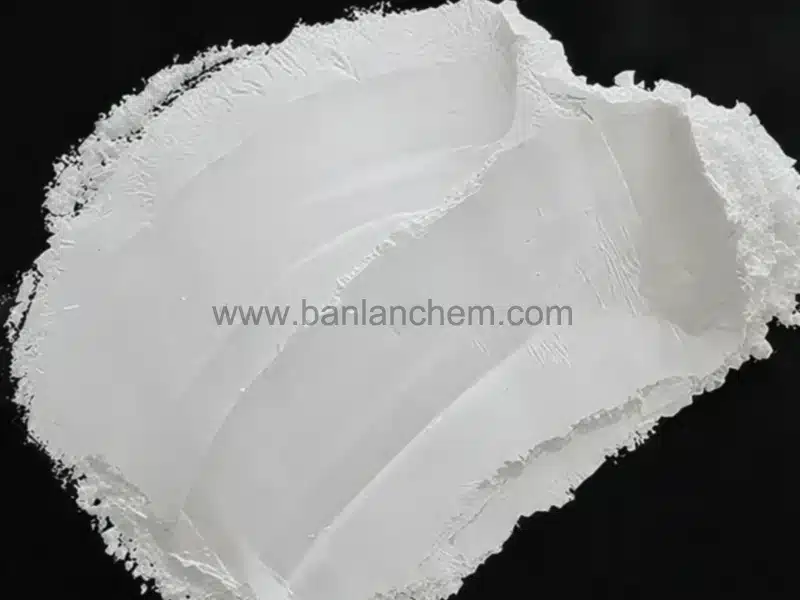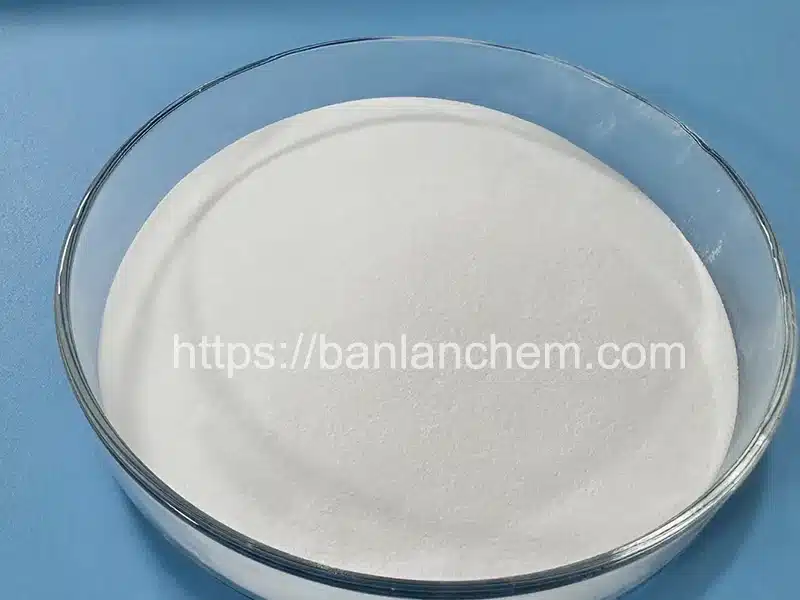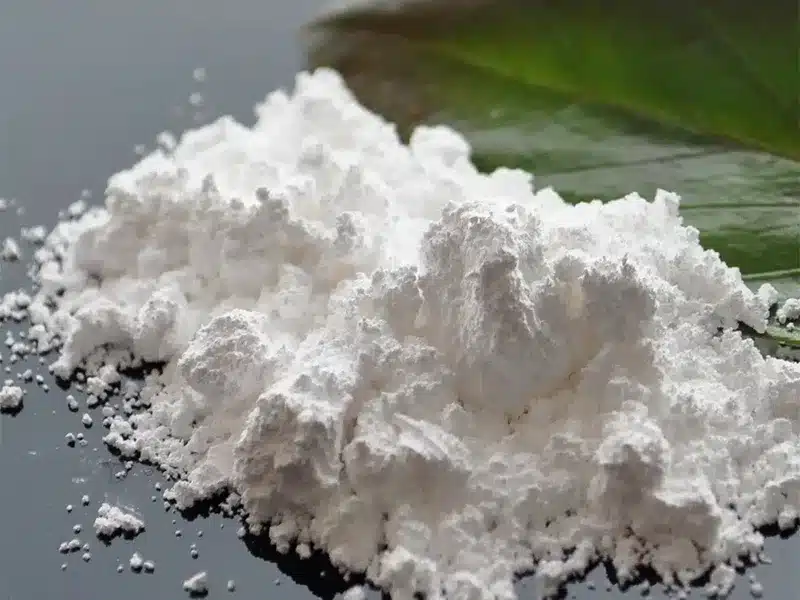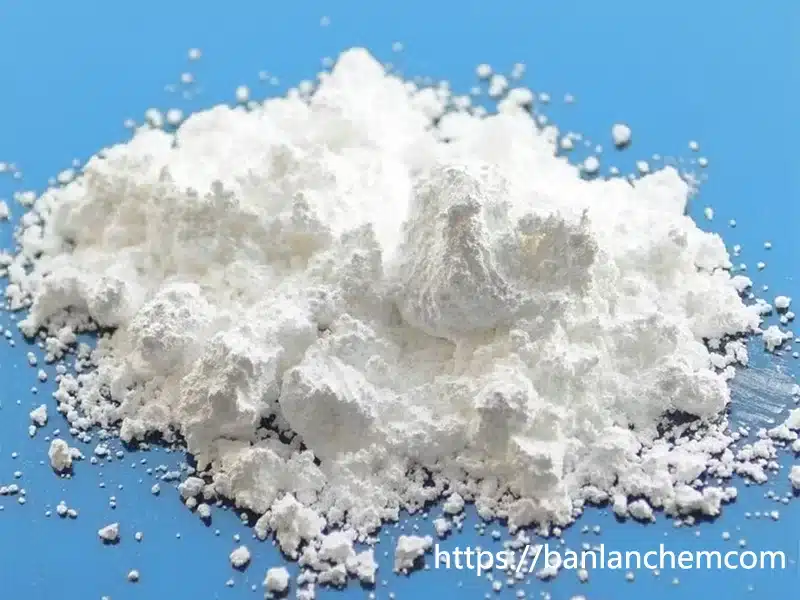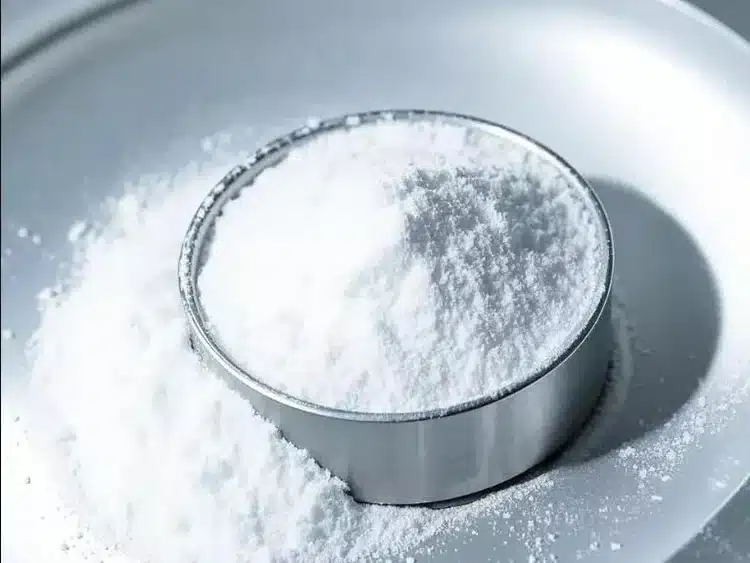What Is the Difference Between Calcined Alumina and Hydrated Alumina?
When working with alumina-based materials, you may often hear the terms calcined alumina and hydrated alumina. Though they’re both related to aluminum oxide (Al₂O₃), they are very different in composition, structure, properties, and uses. Let’s break it down in a simple and easy-to-understand way.
Composition & Structure
Calcined Alumina
Calcined alumina is made by heating aluminum compounds like hydrated alumina at high temperatures, removing water from the crystal structure. What remains is mainly Al₂O₃ in a stable, crystalline form. Common types include:
- α-Al₂O₃ (alpha alumina): Stable hexagonal crystal structure
- γ-Al₂O₃ (gamma alumina): Porous structure, used in catalysts
➤ Learn more about calcined alumina from BanLanChem.
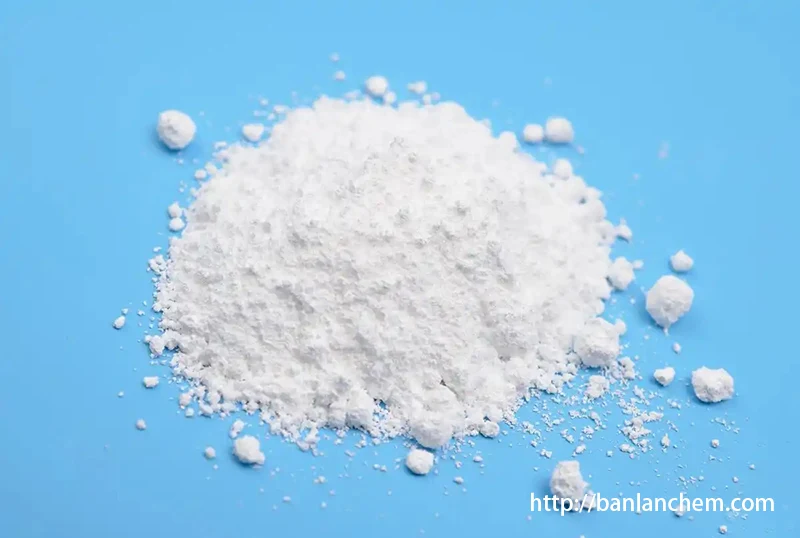
Hydrated Alumina
Hydrated alumina is written as Al₂O₃·nH₂O, where “n” is the amount of water in the structure. Common forms include:
- Al₂O₃·3H₂O (Aluminum trihydrate, ATH)
- Al₂O₃·H₂O (Boehmite)
The structure is more layered, containing hydrogen bonds and water molecules.
➤ Explore related product: Pseudo-Boehmite
Physical Properties
Calcined Alumina
- Color: White or gray powder
- Density: 3.96–4.01 g/cm³
- Hardness: Mohs 9
- Melting Point: Around 2050°C
Hydrated Alumina
- Appearance: White powder or gel
- Surface Area: Up to 200 m²/g
- Density: Lower than calcined alumina
- Hygroscopic: Absorbs moisture from air
Chemical Properties
Calcined Alumina
Chemically stable and resistant to acids and bases under normal conditions. At high temperatures, it may react with strong reducing agents.
Hydrated Alumina
Amphoteric – reacts with both acids and bases. For example:
- With HCl → Forms AlCl₃
- With NaOH → Forms sodium aluminate
Applications
Calcined Alumina
- Advanced Ceramics: Enhances hardness, thermal resistance, and durability in ceramic components.
- Refractories: Used in kiln linings, furnace bricks, and casting molds due to high-temperature resistance.
- Electronic Materials: Excellent electrical insulation for substrates and IC packages.
- Polishing: Precision polishing of glass, wafers, metals, and optical lenses.
➤ Related material: Tabular Alumina for high-density refractories
Hydrated Alumina
- Catalysts: Used as base material or support in petrochemical and environmental catalysts.
- Adsorbents: Removes heavy metals, organic pollutants from water and air.
- Flame Retardants: Commonly used in polymers and coatings to reduce flammability.
- Filler: In rubber, plastics, and papers to enhance properties.
Comparison Table
| Feature | Calcined Alumina | Hydrated Alumina |
|---|---|---|
| Main Formula | Al₂O₃ | Al₂O₃·nH₂O |
| Contains Water | No | Yes |
| Structure | Crystalline (α, γ) | Layered + H-bonds |
| Hardness | High (Mohs 9) | Low |
| Surface Area | Low | High |
| Stability | High | Amphoteric |
| Applications | Ceramics, Refractories, Electronics | Catalysts, Adsorbents, Flame Retardants |
FAQ
What is calcined alumina used for?
Calcined alumina is used in ceramics, refractory bricks, electronic substrates, and polishing applications. Its hardness and thermal stability make it ideal for high-performance materials.
Is hydrated alumina the same as aluminum hydroxide?
Yes, hydrated alumina is commonly referred to as aluminum hydroxide (Al(OH)₃), especially in its trihydrate form. It’s used in flame retardants, adsorbents, and as a catalyst base.
Can calcined alumina be used as a catalyst support?
Yes, especially γ-Al₂O₃ is widely used as a catalyst support due to its porous structure and thermal stability.
Does hydrated alumina lose water when heated?
Yes. When heated, hydrated alumina loses water and converts into calcined alumina forms such as γ-Al₂O₃ and eventually α-Al₂O₃ at higher temperatures.
How to store alumina powders?
Store both types in dry, sealed containers away from moisture. Hydrated alumina is especially sensitive to humidity.



